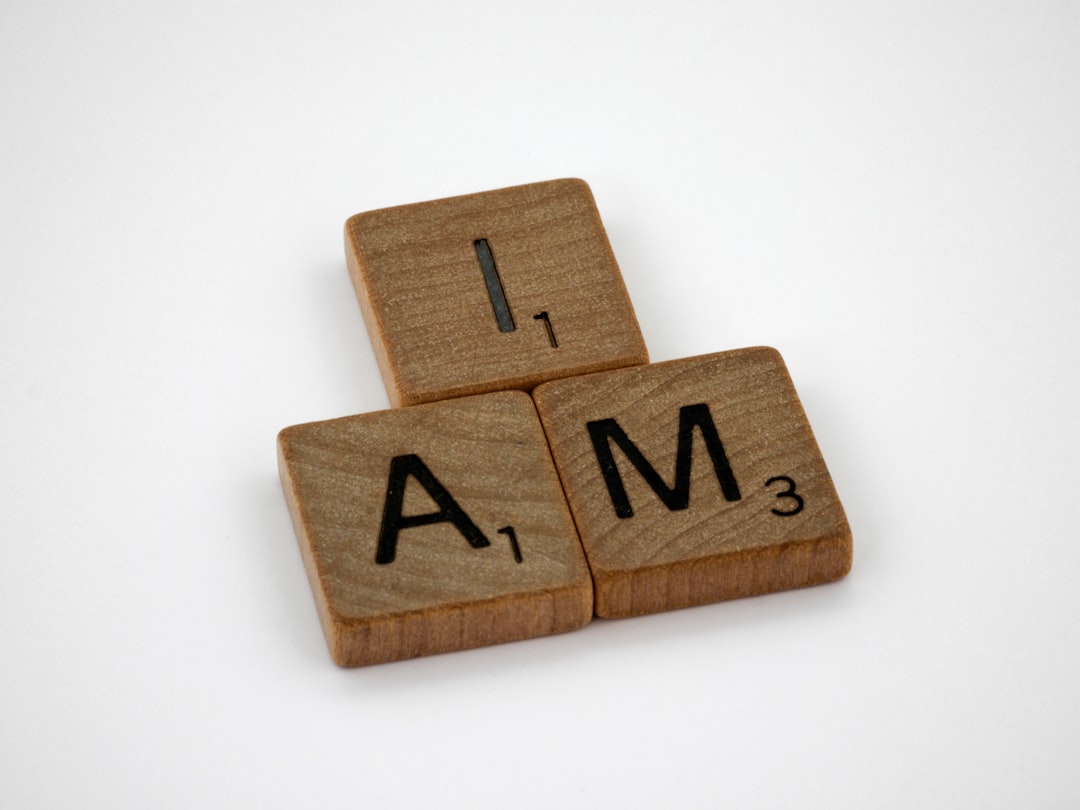Mastering Hebrew Mishkalim: A Comprehensive Guide for Educators and Learners

Introduction to Hebrew MishkalimHebrew, a Semitic language with deep historical roots, is known for its structured and logical morphology. One of the key elements in Hebrew grammar is the Mishkal (מִשְׁקָל, plural: Mishkalim, מִשְׁקָלִים)—a noun pattern o...
Read More
Why learn Hebrew?

Hebrew is one of the world’s most fascinating languages, with a rich history and modern-day relevance. Whether you're drawn to its ancient roots, its economic benefits, or its uniqueness among languages, learning Hebrew offers countless advantages. Here a...
Read More
Hebrew pronouns

Some examples:1. אֲנִי (ani) - Iאֲנִי אוֹהֵב גְּלִידָה. (I love ice cream.)אֲנִי גָּר בִּירוּשָׁלַיִם. (I live in Jerusalem.)אֲנִי לוֹמֵד עִבְרִית. (I study Hebrew.)2. אַתָּה (ata) - you (m.s.)אַתָּה מְדַבֵּר עִבְרִית הֵיטֵב. (You speak Hebrew well.)אַתָּ...
Read More
The 7 Hebrew Binyanim: A Complete Guide with Examples

Hebrew verbs are built around a system of patterns called Binyanim (בניינים, meaning "buildings" or "constructions"). These structures determine a verb's meaning, voice (active/passive), and intensity. Mastering the seven Binyanim is essential for fluency...
Read More

